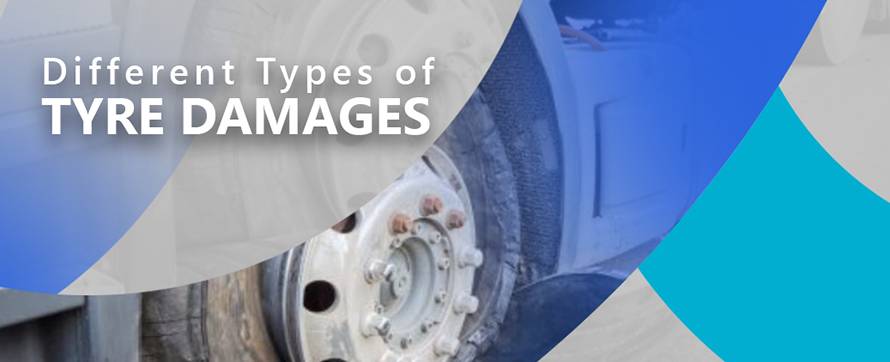In the world of car maintenance, you might have heard about “tyre retreading” and wondered what it is and whether it’s safe. This process has been around for a long time, but it’s still unclear to many. Let’s explore tyre retreading, its safety, benefits, and things to keep in mind.
Understanding Tyre Retreading
Tyre retreading is not just a practical solution; it’s also an environmentally conscious one. By renewing worn-out tyre treads through the removal of the old tread and the application of a new one, this method significantly extends the lifespan of each tyre. This not only reduces the frequency of tyre replacements but also minimizes the environmental impact associated with tyre disposal. In essence, tyre retreading offers a sustainable approach to maximizing the utility of tyres, making it a preferred choice for both cost-conscious consumers and those committed to reducing waste.
The Retreading Process
The process of tyre retreading starts with precisely inspecting the tyre carcass for any defects or damages. If the carcass passes inspection, it undergoes a series of preparation steps, including buffing away the old tread, repairing any damage, and applying a bonding agent.
Next, a new tread is applied to the prepared carcass using specialized equipment and techniques. This tread is often made from high-quality rubber compounds, designed to provide excellent traction, durability, and performance.
Once the new tread is applied, the tyre undergoes curing, where it is subjected to heat and pressure to bond the tread to the carcass. After curing, the tyre is inspected once again to ensure quality and safety standards are met before being returned to service.
Safety Concerns
One of the most common concerns surrounding tyre retreading is safety. Are retreaded tyres as safe as new ones? The answer is yes, when done properly. Tyre retreading is a highly regulated process, subject to stringent quality control measures and industry standards.
Quality retreaded tyres undergo rigorous inspection and testing to ensure they meet or exceed safety standards. This includes testing for tread adhesion, air retention, and overall structural integrity. Reputable retreaders adhere to these standards to deliver retreaded tyres that are safe and reliable for use on the road.
Benefits of Tyre Retreading
- Environmental Sustainability: By extending the life of tyres through retreading, fewer tyres end up in landfills, reducing environmental impact and promoting sustainability.
- Cost-Effective: Tyre retreading offers fleet operators and budget-conscious consumers a cost-effective alternative to purchasing new tyres, significantly reducing expenses.
- Resource Conservation: Retreading consumes fewer raw materials and energy compared to manufacturing new tyres, making it a more resource-efficient option.
- Performance: At a fraction of the cost, retreaded tyres often deliver comparable performance to new ones, boasting excellent traction, handling, and durability.
Conclusion
A proven and safe practice, tyre retreading offers numerous benefits for both consumers and the environment. When performed by reputable retreaders using quality materials and adhering to industry standards, retreaded tyres can provide reliable performance and cost savings comparable to new tyres. By understanding the retreading process and considering its safety and benefits, consumers can make informed decisions when it comes to maintaining their vehicles’ tyres. Consider the option of tyre retreading for a sustainable and budget-friendly solution the next time you’re in need of new tyres.





